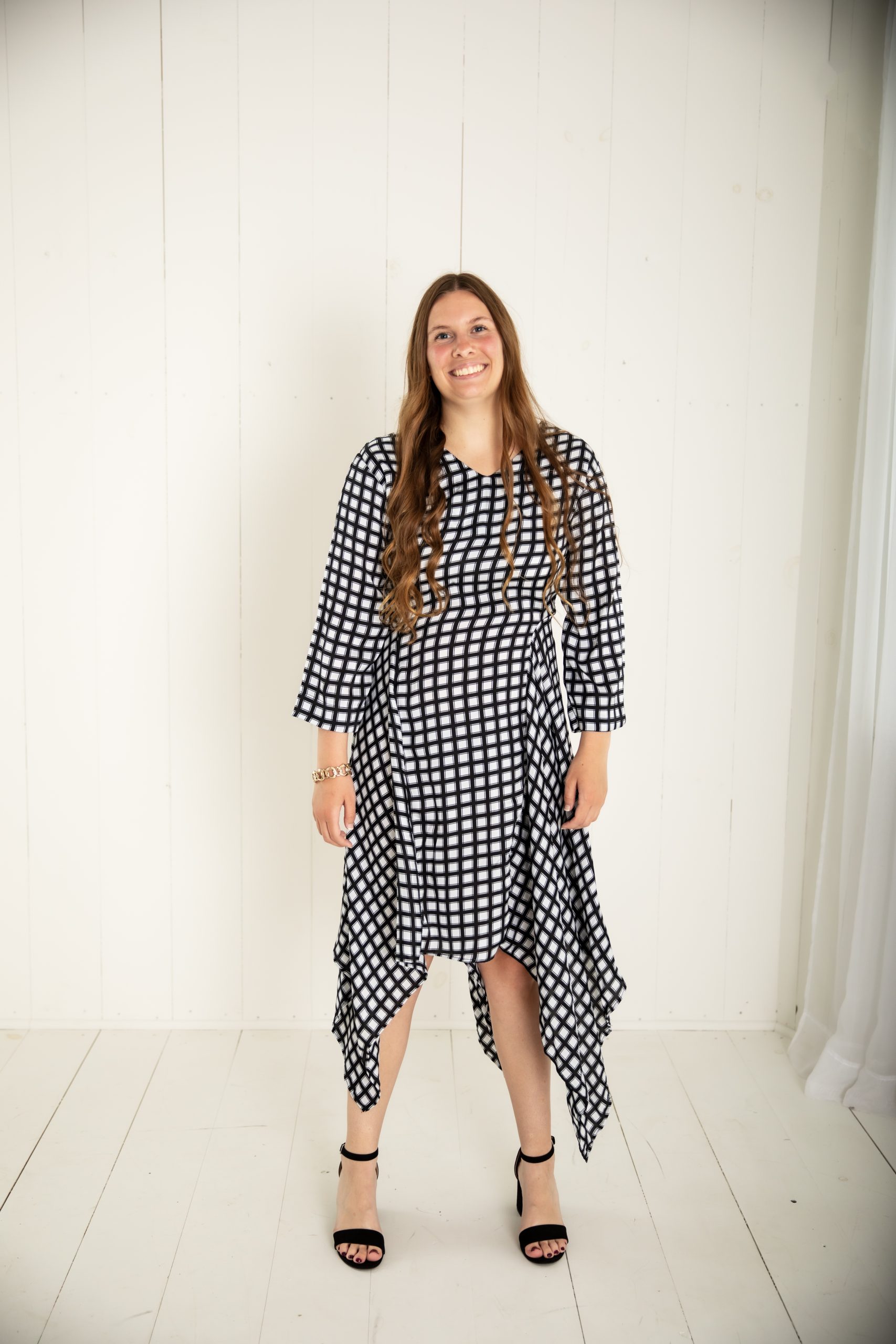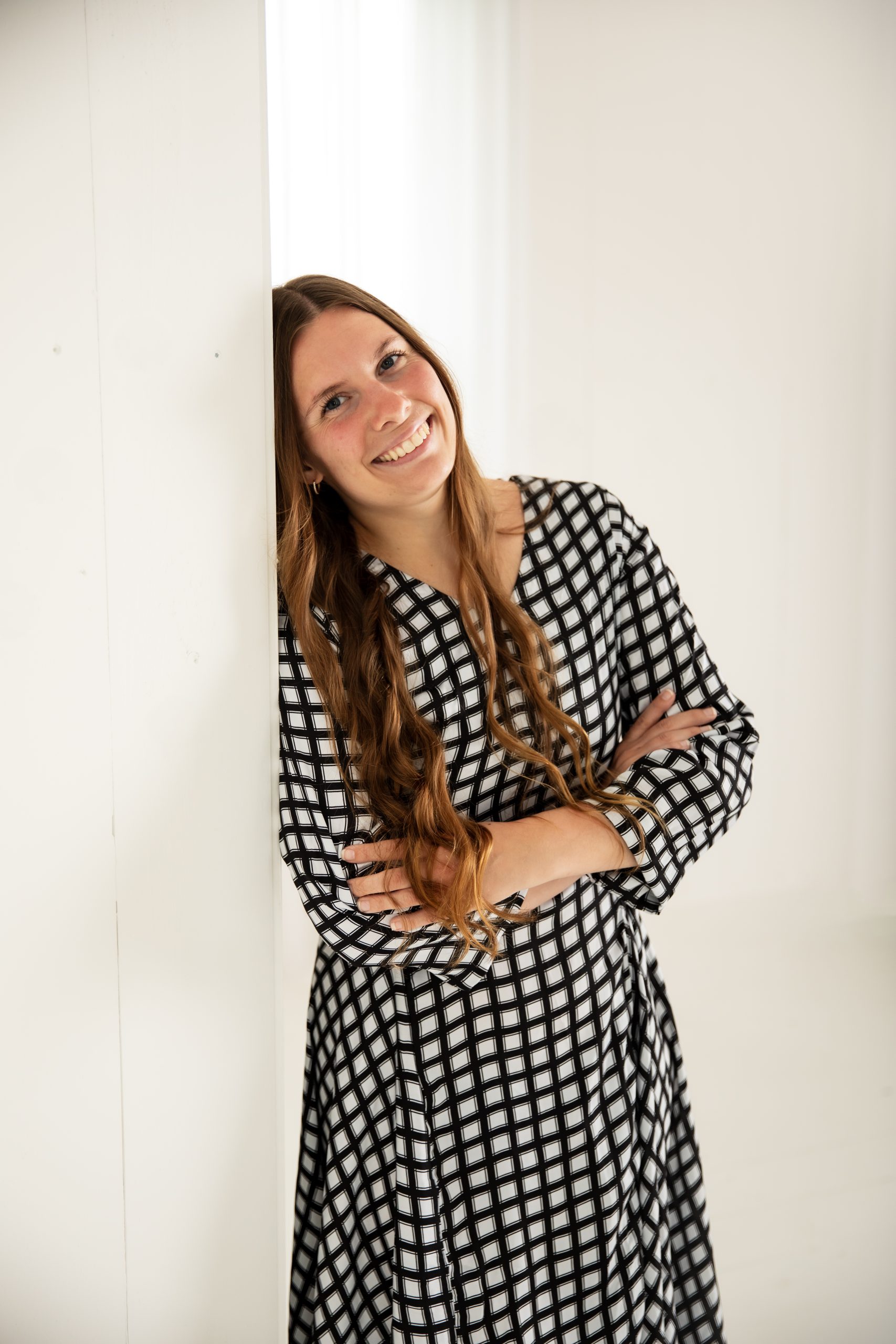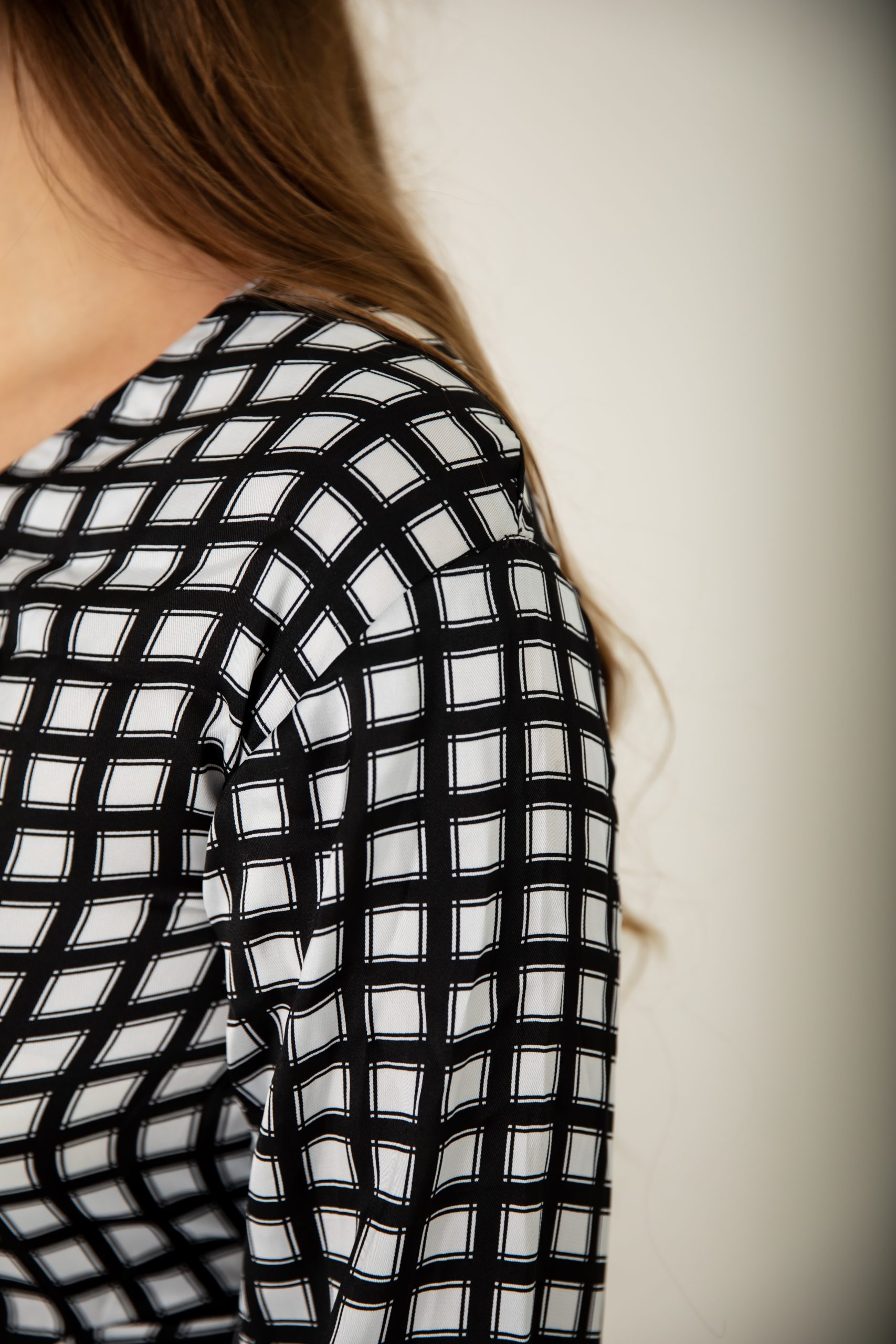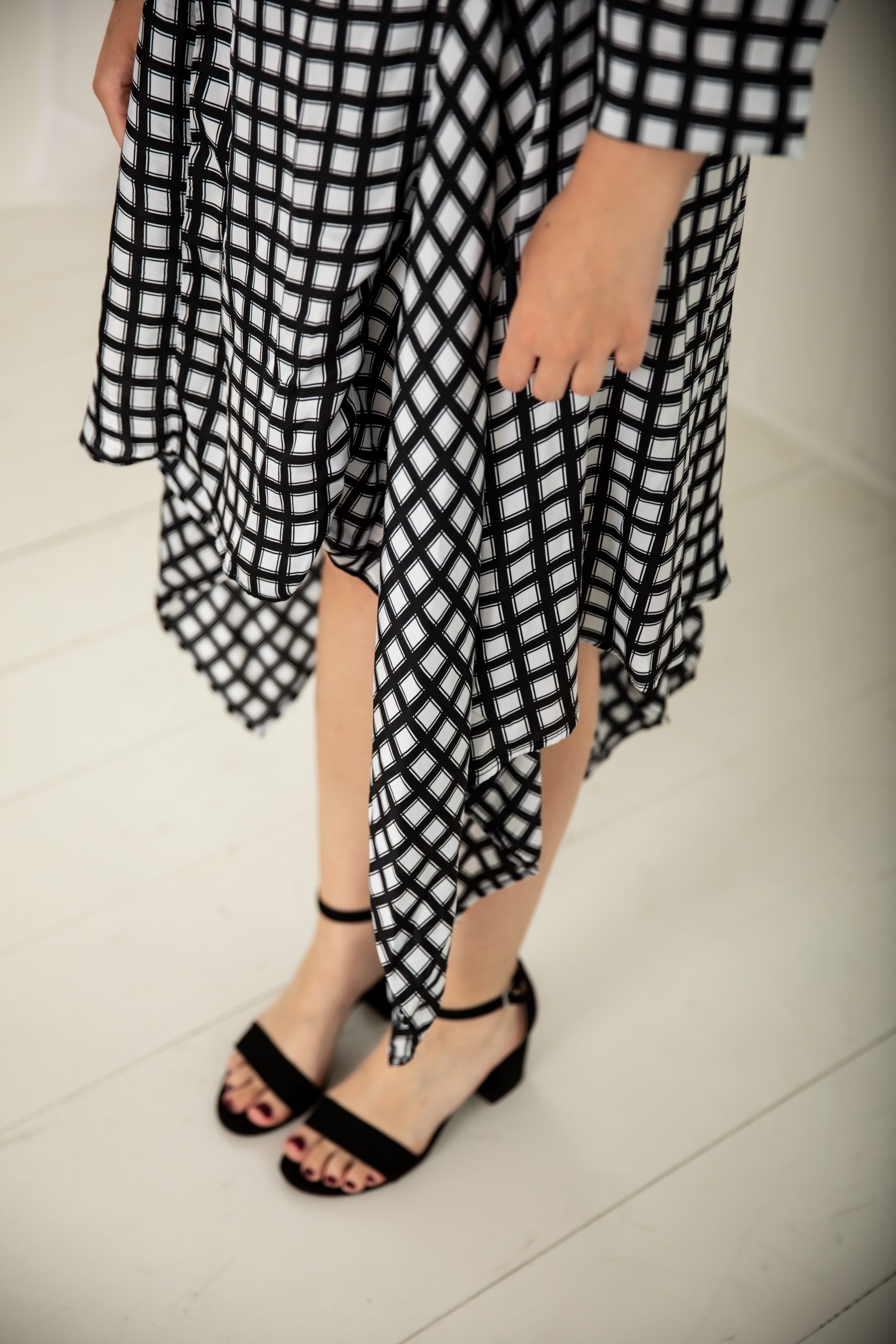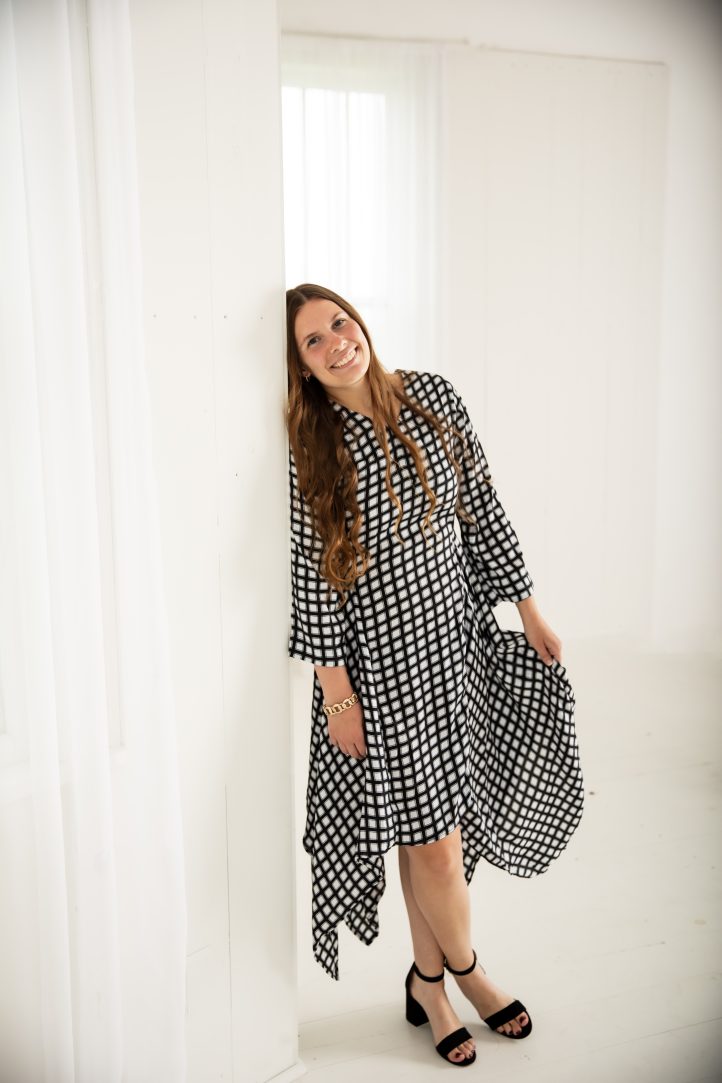
Start sewing your fall wardrobe now with this chic handkerchief hem dress from Aishat Sulaiman. A fab choice for bold, graphic prints, this dress sewing pattern features three-quarter length sleeves and a fashion-forward handkerchief hem that gives the dress movement, while its loose-fitted waist is comfortable for all-day wear. This dress is easy to dress up or down and can be styled with boots for your workday look and heels for a night out.
Pattern Overview:
This pattern is a knee-length handkerchief hem dress with a loose-fitted waist featuring a V-neck front neckline and a slit at back with tie up closure and 3/4 length sleeve.
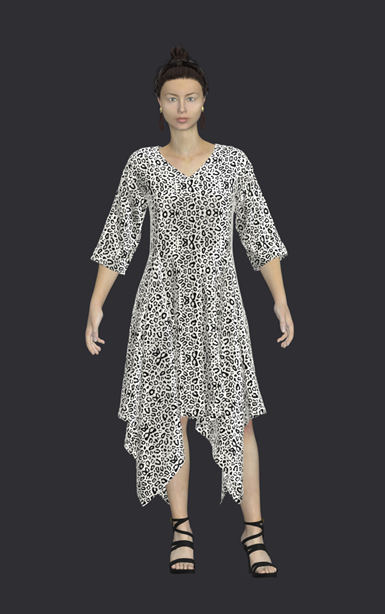
Materials:
All calculations are on a single layer. If you want to cut your fabric on the fold, increase consumption by 0.5 yards. When purchasing fabric, please account for shrinkage and buy 5% more than required.
FABRIC REQUIREMENTS – YARDAGE:

- Recommended fabrics: Silk, silk-blend, or flowy fabric.
- All-purpose polyester thread
- Sewing machine (capable of a straight stitch)
- Machine needle
- Interfacing
- Scissors or rotary cutter/cutting mat
- Pins
- Ruler
- PDF Pattern – This is located at the bottom of this page. See printing instructions below.
Tips: All-natural fiber and some synthetic materials undergo shrinkage during their first wash and can change the texture and hand feel. (Aishat prefers the look and feel of washed fabrics.) Pre-washing is necessary if you want your garment washable after sewn (without shrinking). Giving the washed material a light press before cutting will ensure your paper pattern pieces can lie smoothly on top.
SELECTING YOUR SIZE:

Body Measurements:
Start by taking your body measurements. Measure the circumference of your bust, waist, and hips by pulling the measuring tape snugly; it should fit tightly around your skin but not too tightly. Measure directly over bare skin or typical-for-you undergarments. Keep the tape parallel with the floor, and ensure it is not twisted. Compare your measurements to the “body” measurements in the chart above to see your recommended size.
PRINTING INSTRUCTIONS:
Note: To download the pattern, click on the pattern download button at the bottom of the page. We recommend opening your pattern download using Adobe Acrobat.
First, determine if you will print your pattern at home or have it printed by an online or local copy shop. This pattern includes a file for both printing options. Download the pattern file for the printing option you’ve chosen.
Once your file is open, you can proceed to print. You may also use the “Layers” panel to toggle on or off pattern lines for various sizes. Toggle off the pattern lines for any sizes you do *not* wish to print. You should now see only the line for the size you did not toggle off displayed.
Note: Pattern lines may overlap; you are advised to print one size at a time. It is easiest to cut out the pattern when only one size is printed at a time.
Print at a Copy Shop: A0
Online pattern printers and local copy shops can print a large format paper pattern economically.
Print at Home: Letter Size or A4 Paper
Each “Print at Home” file can be printed on a letter size or A4 paper. You will need a PDF viewer to print this pattern. You can download Adobe Reader for free if you do not have a PDF viewer already.
PATTERN PREPARATION:
The front and back neckline facings are to be traced off from the main front and back pattern.
Ready to cut? Check out the pattern inventory.
PATTERN INVENTORY:
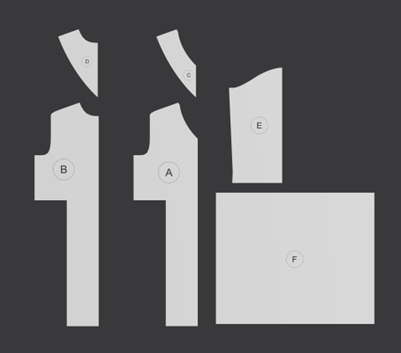
A – FRONT (Cut x1 on fold in fabric)
B – BACK (Cut x1 on fold in fabric)
C – FRONT NECKLINE FACING (Cut x1 on fold in fabric and fusible interfacing)
D – BACK NECKLINE FACING (Cut x1 on fold in fabric and fusible interfacing)
E – SLEEVE (Cut x2 on fold in fabric)
F – SIDE PANEL (Cut x2 on fold in fabric)
PATTERN LAYOUT:
The layout below is a suggestive layout on a single-lay fabric that may not work for all sizes. Feel free to play around with the pattern placement to minimize fabric wastage but ensure the grainlines remain parallel to the selvedge or your preferred cutting direction.
Note: The side panel’s grainline is in the direction of its longer side (length) while the fold line is along its shorter side (breadth).
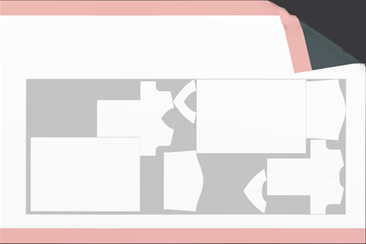
Now transfer all markings to main fabric, especially the line on the center back to both facing and back pattern and cut out patterns.
Sewing Instructions:
The image below shows how all patterns should look after cutting in the main fabric. Remember to add interfacing to the neckline facings.
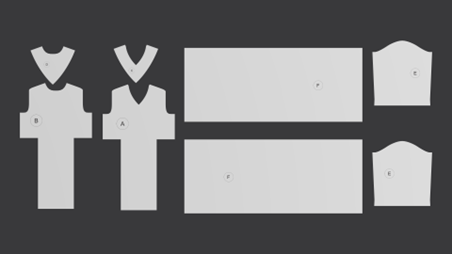
- Cut two strips of fabric about 10 inches in length and 1 1/2 inches in width. Then fold in half along the width with the right side of the fabric together and sew the two sides together using 1/4 inch seam allowance. Also, sew one end close and leave the other open.
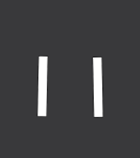
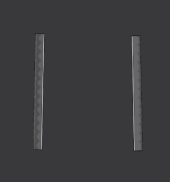
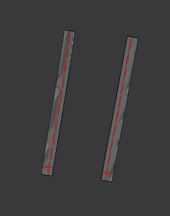
- Now turn the strip to the right side through the open end and iron in place. On the back pattern, 1/2 inch below the neckline, stitch the tie onto the slant line traced on the center back.
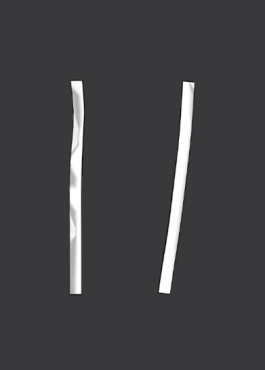
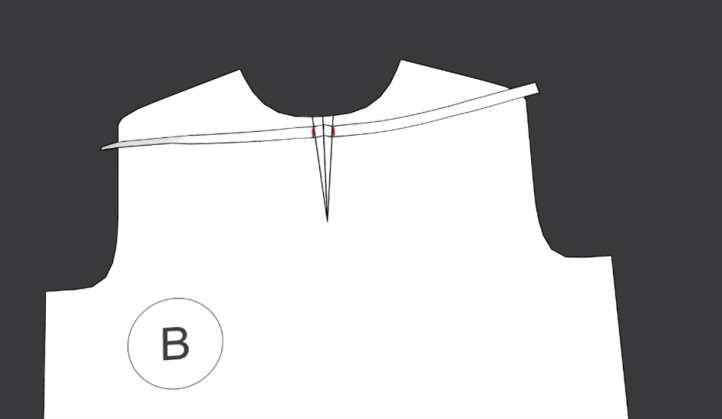
- Superimpose the back neckline facing on the back piece with the right side of the fabric facing each other. Then sew along the neckline using 1/2 inch seam allowance. Also, sew along the traced slant line on the pattern.
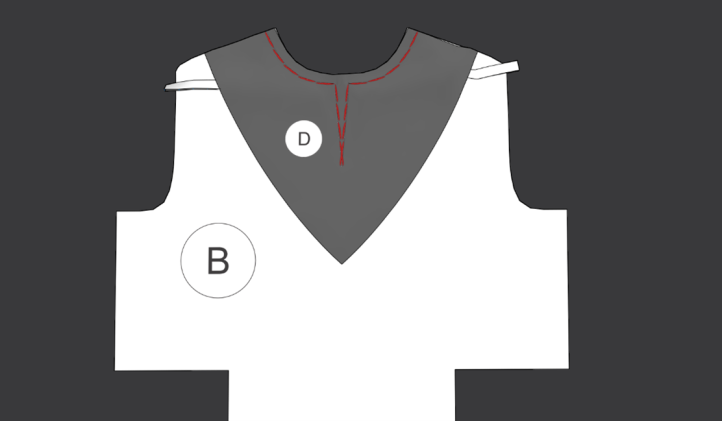
- Now notch the neckline and slit through the center back to the end of stitch (middle of the two slant lines) while ensuring no stitch is broken in the process. Now turn the facing to the wrong side of the back piece and iron in place.

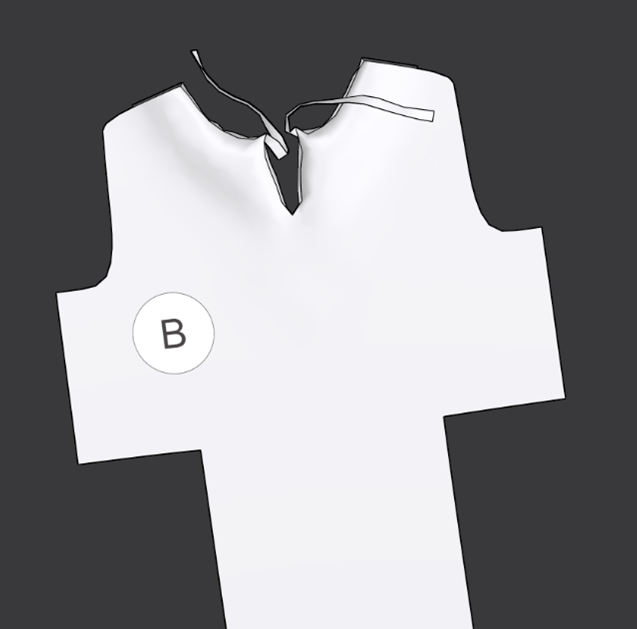
- For the front piece, with the right sides facing each other, sew the facing on using 1/2 inch seam allowance. Notch the seam allowance and turn the facing to the wrong side of the front piece.
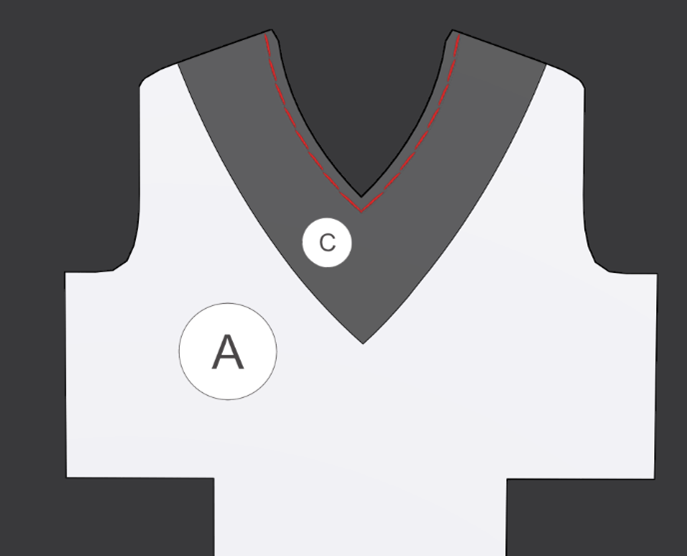
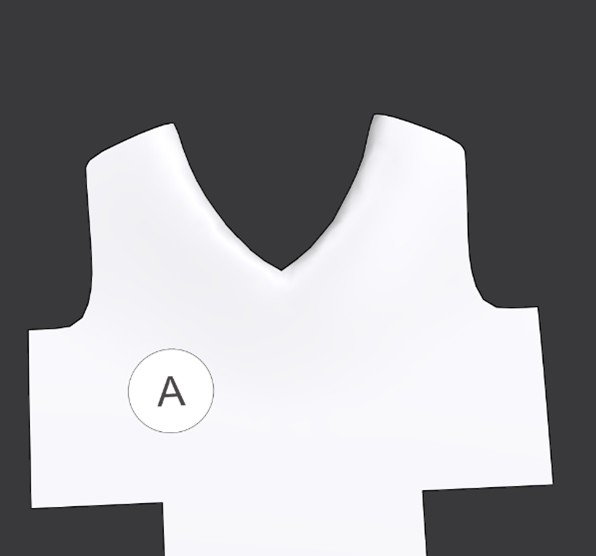
- Superimpose the front and back piece with the right sides facing each other and sew the shoulder together using 1/2 inch seam allowance.
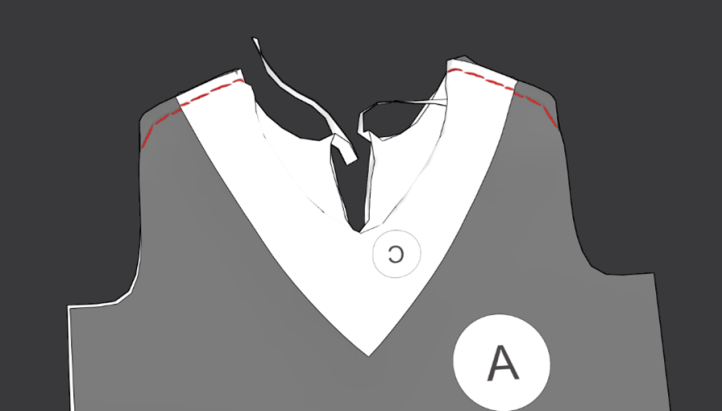
- Now open up the front and back pieces and iron the shoulder seam properly, as it contains a curve.
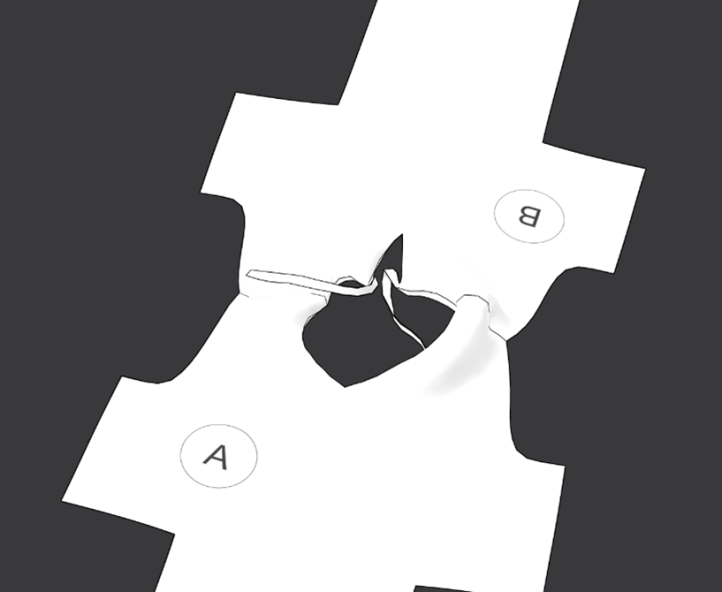
- Sew in the hem of both sleeve pieces using 2 inch seam allowance.
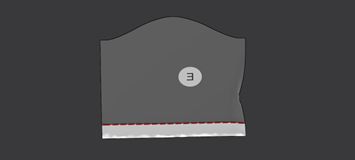
- Now pin the sleeves into the armholes with right sides of the fabric together and sew in using 1/2 inch seam allowance. Then iron the seam out.
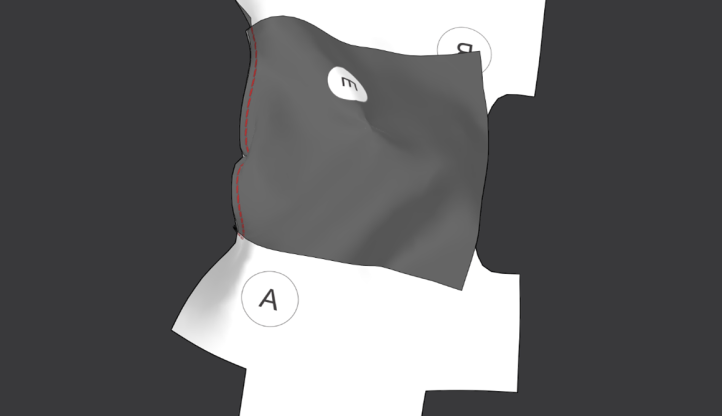
- Turn to the wrong side of the fabric, fold the sleeve in half and match up the sides through the armhole and pin. While still on the wrong side, match up both sides of the front and back piece, and pin in place. Now sew from the sleeve down using 1 inch seam allowance.

- To sew in the side panel, pin the longer side of the panel into front and back pieces from hem to hem and sew it in place using 1/2 inch seam allowance. Repeat for the second side.
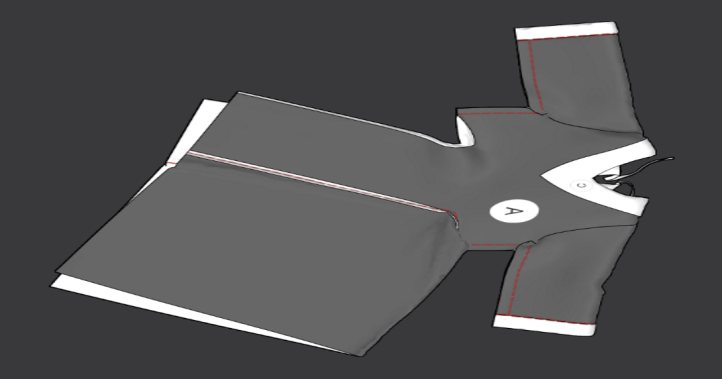
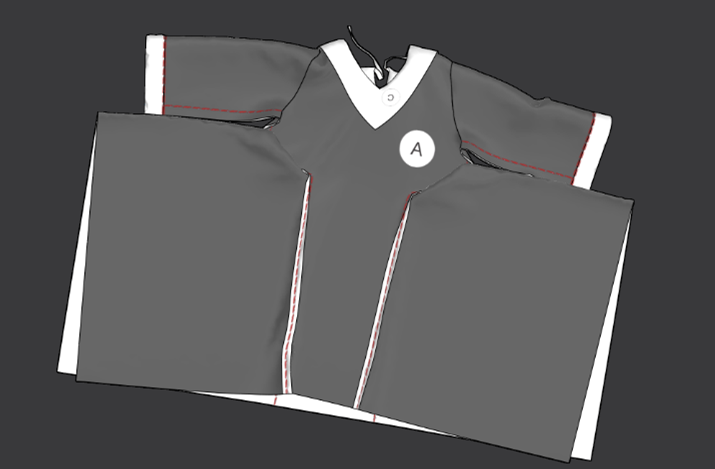
- Now sew the hem of all edges using 1 inch seam allowance and finish up all raw edges with a zigzag stitch or serge it.
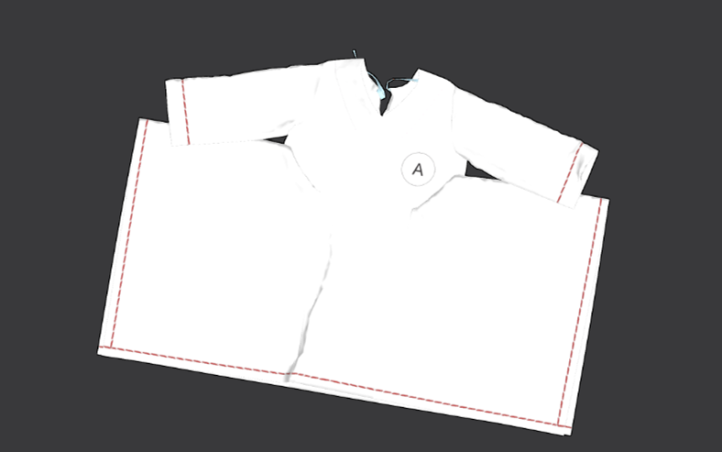
You’ve done it! I hope you’re so proud.

